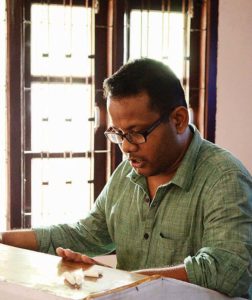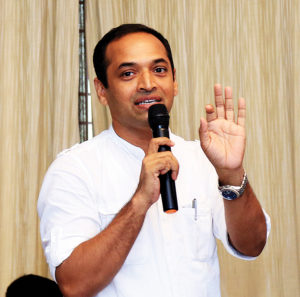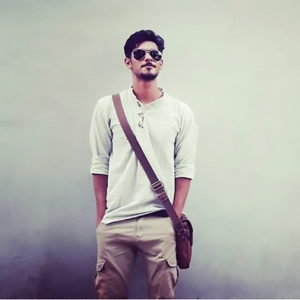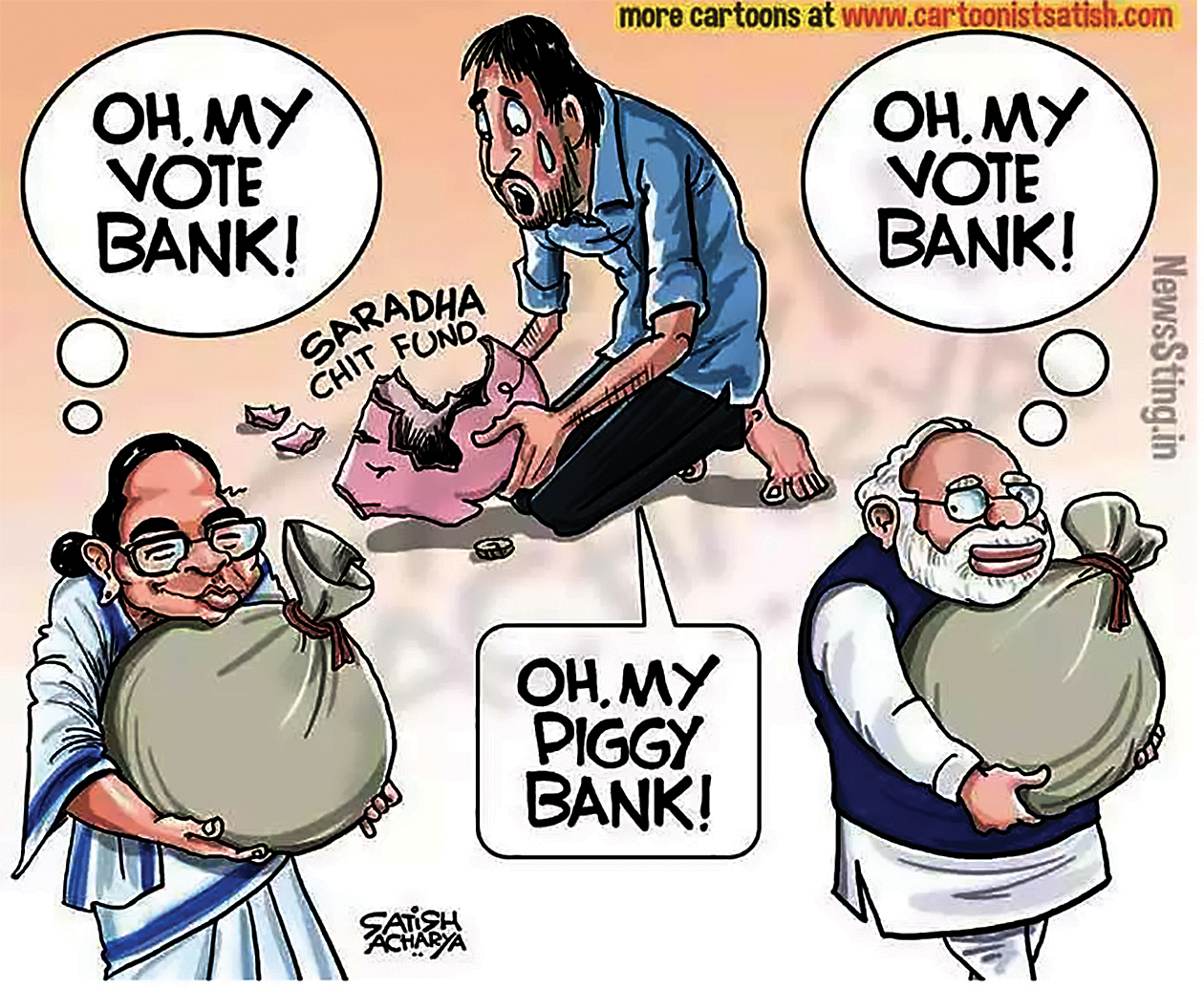Our cartoonists, against all odds, are doing a stellar job of informing and entertaining with their cartoons
“Editorial cartooning is a negative art hoping for positive changes,” says Satish Acharya, a professional cartoonist.
You flip through the pages of the newspaper with your morning cuppa, and you’re greeted with two panels worth of impressive art and witty social commentary through speech bubbles. While they’re made to provide the reader with some much-needed reprieve from hard news, these cartoons are sometimes far more telling than the text heavy articles we find on the pages.
Our political cartoonists in India, boast not only of a quick wit for their art but quite a sharp tongue as well. They are certain of their stands and even more sure of their integrity. Despite the red tapes and vast scrutiny that they come under, they do not waver from their journalistic and artistic principles.
Patriot interviews a few such cartoonists, old and new, in the news circuit, to get their perspective on the pros and cons of the profession.
Nituparna Rajbongshi

This cartoonist based in Assam is unabashed and unapologetic about his art. He listens to only himself when it comes to his art, and does not bend his opinions based on anyone’s will. “I speak out whenever I come across something that needs to be talked about, regardless of what people will think of me.” He’s a freelance cartoonist, and knew from his school days that he was going to become one. He started his career in 1997 and has not looked back since.
Rajbongshi even makes a habit of giving away some of his art for free — be it to media houses, organisations or dedicated students. He has his own websites, and he chooses his temporary employers only if he agrees with their ideology or agenda. His first rule is to not be swayed by political inclinations. “If something is against the masses, then it is. And I will definitely draw on it.” He also tries to avoid making art which may incite casteist or religious violence, or can be seen as sexist or disrespectful to women.
He also talks about how he feels most comfortable in the ‘uncomfortable’ space of always being pitched against political powers. He says that this way he knows that what he is doing is right. Shying away from power structures or being intimidated does not come naturally to him, and that is the way he has maintained his career for the past 22 years.
It appears that most editorial cartoonists already know what they are signing up for in terms of hate and trolling, not the to mention the pressure from the powers that be. Torn between being too explicit and not being explicit enough, our cartoonists sure are doing a more than stellar job of keeping us entertained and informed.
Satish Acharya

Satish Acharya is a freelance cartoonist, and firmly believes that cartooning is a very real example of freedom of speech. “When I had started cartooning, freedom of speech was an integral part of it. Without freedom of speech, every editorial cartoon would end up being just an illustration,” he says. Although, he is open to all kinds of wild and weird ideas, and does not generally censor his thought process, he has created what he calls a ‘Lakshman Rekha’ for himself. He deliberately steers away from creating art that could potentially incite riots or violence, and is very careful when making cartoons about caste or religion.
“Thick skin has become the latest prerequisite for editorial cartoonists!” he claims. When asked if he has ever had to face any backlash for his art on social media, Acharya responds with a vehement “Yes!” He gets negative feedback (to put it politely) almost every day. He goes on to admit that the job of a cartoonist is indeed an uncomfortable one. It demands you to be critical, satirical and comical, “and as a result we end up facing the ire of the ruling party,” says Acharya.
Soham Sen

“I’m always very enthusiastic to make cow allusions in my cartoons!” says Soham Sen, who’s one year into the profession of editorial cartooning. Going on to explain, he stresses that cartoonists always use symbolisms and culturally relevant elements in their art, so as to relay the point of the cartoon more effectively. “We’ve use animal metaphors and comparisons all the time – so why is a cartoon cow suddenly an offensive tool for humour?”
“Humour is a very volatile concept……. a political cartoonist is best when he is apolitical,” says Sen. There is a constant dichotomy in what kind of cartoons are supposed to garner favourable feedback and what kind aren’t. One cannot be too obvious about the implications of the cartoons as they have to be as veiled as possible, which then leads to the risk of such rigorous toning down that the whole point of the art is lost. Sen concedes that this is a difficult space to navigate, and he gets favourable feedback on his cartoons perhaps twice or thrice a month. Due to the recent shift in the political paradigm, Sen recalls the time when his friends and acquaintances from school and college gave him a hard time on account of one of his cartoons that had a tinge of anti-BJP flavour in it.
The young artist’s reservations about certain subjects keep changing based on the times, but the one subject he still feels uncomfortable breaching is death —“I just haven’t been able to draw anything on that subject. We depict real situations in humorous way. I just don’t feel okay laughing about death. It’s not something I want to do.”





